| Pictures of newly discovered species in New Guinea Rhett A. Butler, mongabay.com February 6, 2006 |
A team of scientists led by Conservation International (CI) found dozens of new species in a survey of New Guinea's Foja Mountains. The December 2005 trip by a team of U.S., Indonesian, and Australian scientists discovered new species of frogs, butterflies, plants, and an orange-faced honeyeater, the first new bird from the island of New Guinea in more than 60 years.
The discoveries were made under CI's Rapid Assessment Program (RAP) which deploys expert scientists to poorly understood regions in order to quickly assess the biological diversity of an area. The conservation organization makes RAP results immediately available to local and international decision makers to help support conservation action and biodiversity protection.
 Mammal expert Kris Helgen is seen holding a golden-mantled tree kangaroo (Dendrolagus pulcherrimus) in New Guinea. Photo from Conservation International. More pictures below |
The expedition found a new large mammal for Indonesia – the Golden-mantled Tree Kangaroo (Dendrolagus pulcherrimus), formerly known from only a single mountain in neighboring Papua New Guinea. Other discoveries included what may be the largest rhododendron flower on record – almost six inches across – along with more than 20 new frogs and four new butterflies. The new species of honeyeater, the first new bird discovered on the island of New Guinea since 1939, has a bright orange face-patch with a pendant wattle under each eye.
New Guinea's forests are some of the most biodiverse in the world, but they are increasingly under threat from commercial logging. However, the Foja Mountains of western New Guinea are so isolated – in the furthest reaches of the Indonesian province of West Papua - they remain relatively untouched. In other parts of Indonesia poaching is taking a heavy toll on wildlife populations.
More pictures from Conservation International:
Recent species' discovery articles
In search of Bigfoot, scientists may uncover unknown biodiversity in Malaysia 02/01/2006
Malaysian scientists are scouring the rainforests of Johor state in search of the legendary ape-man Bigfoot, supposedly sighted late last year. But they are more likely to encounter some less fantastic but unique creatures that dwell in these still unexplored ecosystems.
Bizarre rodent discovered in Southeast Asia; Oddity new to science 05/11/2005
A team of scientists working in Southeast Asia have discovered a long-whiskered rodent with stubby legs and a tail covered in dense hair. But don't call it a squirrel. Or a rat. Because it's actually more like a guinea pig or chinchilla. But not quite. In fact the new species, found in Laos by scientists from the Wildlife Conservation Society (WCS) and other groups, is so unique it represents an entire new family of wildlife.
Mysterious carnivore found in Borneo rain forest 12/05/2005
WWF researchers may have discovered a new, mysterious carnivore species in the dense, central forests of Borneo. The animal, a mammal slightly larger than a domestic cat with dark red fur and a long, bushy tail, was photographed twice by a camera trap at night. This could be the first time in more than a century that a new carnivore has been discovered on the island.
Two tiny lemur species discovered in Madagascar 08/09/2005
German and Malagasy primatologists have discovered two new species of lemurs, naming one of them after Steve Goodman, a Field Museum scientist who has devoted nearly two decades to studying the animals of Madagascar.
20,000 new species of animals discovered in 2005 09/26/2005
The International Commission on Zoological Nomenclature expects that more than 20,000 species will be described by zoologists in 2005.
Somewhere Out There, Millions of Species Await Discovery 05/17/2005
While Planet Earth is becoming an increasingly smaller and more familiar world as every corner is explored and colonized, there remain millions of species undiscovered and undocumented. A number of significant species have been discovered in recent months, revealing humans’ huge gaps in knowledge of the world around them. As the natural world struggles to adjust to ever-encroaching development, Mother Nature continues to surprise with her miraculous secrets. Some of these newly exposed creatures include the Golden Palace Titi monkey in Bolivia, a reported fox in Indonesia, a “vampire fish” in the Amazon and a re-discovery of a thought-extinct ivory-billed woodpecker in the United States.
http://news.mongabay.com/2006/0206-ng.html
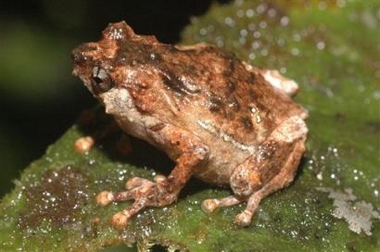
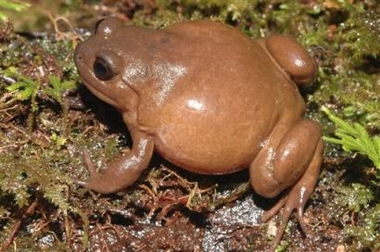
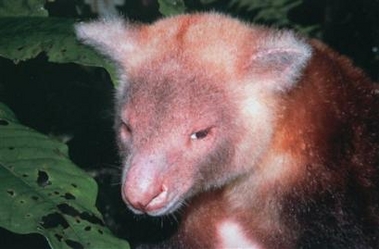
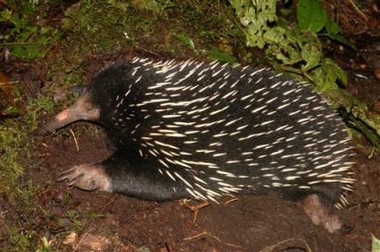
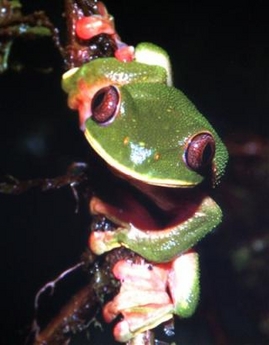
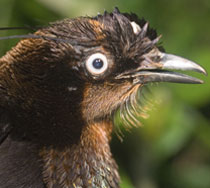


No comments:
Post a Comment